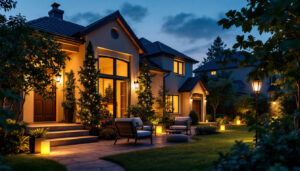
In the ever-evolving world of lighting solutions, LED bay lights have emerged as a game changer for commercial and industrial applications. Their energy efficiency, longevity, and adaptability make them a preferred choice for lighting contractors. However, maximizing the benefits of LED bay lights requires a strategic approach. This article delves into the top strategies that lighting contractors can employ to effectively utilize LED bay lights in various projects.
Before diving into strategies, it is essential to understand what LED bay lights are and why they are increasingly favored in the lighting industry. These fixtures are designed for high ceilings and large spaces, such as warehouses, gyms, and retail environments. They provide bright, consistent lighting that enhances visibility and safety. The design of LED bay lights often incorporates advanced thermal management systems, which help dissipate heat and maintain optimal performance, further extending their lifespan and reliability.
LED bay lights offer numerous advantages over traditional lighting solutions. One of the most significant benefits is energy efficiency. LED technology consumes significantly less power than incandescent or fluorescent lights, leading to reduced energy bills. Additionally, LED lights have a longer lifespan, often lasting up to 50,000 hours or more, which translates to lower maintenance costs. This longevity means fewer replacements and less frequent disruptions to operations, making them a practical choice for businesses that rely on consistent lighting.
Another important aspect is the quality of light produced. LED bay lights provide a high Color Rendering Index (CRI), which means they accurately represent colors, making them ideal for environments where color fidelity is crucial. This is particularly important in retail settings where product presentation can impact sales. Furthermore, the ability to choose different color temperatures allows businesses to create the desired ambiance; cooler temperatures can energize spaces like gyms, while warmer tones can make retail environments feel more inviting. The versatility of LED bay lights also extends to their dimming capabilities, allowing for further customization of lighting levels to suit various activities and times of day.
Before selecting LED bay lights for a project, contractors must conduct a thorough evaluation of the specific needs of the space. This involves understanding the layout, purpose, and existing infrastructure of the area to be illuminated. A comprehensive assessment not only ensures that the lighting meets functional requirements but also enhances the overall ambiance of the environment, contributing to a more productive and enjoyable atmosphere.
The height of the ceiling and the dimensions of the space play a critical role in determining the type and number of LED bay lights required. For instance, higher ceilings may necessitate fixtures with higher lumen output to ensure adequate illumination. Conversely, lower ceilings might allow for fixtures with lower wattage, optimizing energy use without sacrificing light quality. It’s also important to consider the color temperature of the lights, as warmer tones can create a more inviting environment, while cooler tones may be better suited for task-oriented spaces.
Additionally, the layout of the space should be considered. Open areas may require fewer fixtures spaced farther apart, while more complex layouts with obstructions might need more lights to ensure uniform coverage. A well-planned lighting design can enhance the overall functionality of the space. Furthermore, incorporating dimmable options or smart lighting controls can provide flexibility, allowing users to adjust the intensity of the light based on the time of day or specific activities taking place, thereby maximizing both comfort and efficiency.
Every client has unique requirements and expectations. Engaging with clients to understand their specific needs can help tailor the lighting solution to their preferences. For instance, some clients may prioritize energy savings, while others might focus on aesthetics or specific lighting effects. Understanding these priorities can lead to innovative solutions that not only meet but exceed client expectations, such as integrating motion sensors for energy efficiency or selecting fixtures that complement the architectural style of the building.
By actively listening to client feedback and understanding their vision, contractors can propose LED bay light solutions that align with their goals. This collaborative approach not only fosters trust but also enhances client satisfaction. Moreover, providing clients with visual aids, such as renderings or samples, can help them visualize the final outcome and make informed decisions. This level of engagement not only solidifies the contractor-client relationship but also ensures that the final lighting design is both functional and aesthetically pleasing, ultimately reflecting the client’s brand and values in the space.
Once the project needs are evaluated, the next step involves designing an effective lighting layout. This is a critical phase that can significantly impact the functionality and ambiance of the space.
Modern lighting design software can be an invaluable tool for contractors. These programs allow for precise calculations of light distribution, ensuring that the placement of LED bay lights achieves optimal coverage. By simulating various lighting scenarios, contractors can visualize how different configurations will affect the overall illumination of the space.
Moreover, these tools can help identify potential issues before installation, allowing for adjustments that can save time and resources. Utilizing technology in this way demonstrates professionalism and enhances the contractor’s reputation.
In spaces with multiple functions, creating distinct lighting zones can enhance usability. For example, in a warehouse, areas designated for receiving shipments may require brighter lighting compared to storage areas. By strategically placing LED bay lights, contractors can create an environment that caters to the specific activities taking place.
Implementing zoning not only improves functionality but can also contribute to energy savings. By using motion sensors or dimmers in less frequently used areas, contractors can further optimize energy consumption.
The market offers a wide variety of LED bay lights, each with different specifications and features. Selecting the right fixtures is crucial to achieving the desired outcome.
Lumen output is a key factor in determining how bright the lights will be. Contractors should assess the required lumens based on the space’s purpose and the height of the ceiling. A higher lumen output is necessary for larger spaces or areas with higher ceilings to ensure adequate visibility.
Color temperature is another important consideration. LED bay lights come in various color temperatures, typically measured in Kelvin (K). Warmer temperatures (around 3000K) are suitable for environments where a cozy atmosphere is desired, while cooler temperatures (5000K and above) are ideal for workspaces requiring alertness and focus.
Beyond basic specifications, the design and features of the fixtures can impact both functionality and aesthetics. Some LED bay lights come with additional features such as adjustable beam angles, integrated sensors, or smart technology compatibility. These features can enhance the versatility of the lighting solution and cater to specific client needs.
Moreover, the physical design of the fixtures should complement the overall aesthetic of the space. A well-designed fixture can enhance the visual appeal of an environment, making it more inviting and engaging.
Proper installation is crucial to ensuring that LED bay lights perform optimally. Lighting contractors must adhere to best practices during the installation process to avoid common pitfalls.
Each LED bay light comes with specific manufacturer guidelines that outline installation procedures, electrical requirements, and safety protocols. Adhering to these guidelines is essential to ensure the longevity and efficiency of the lighting system.
Furthermore, understanding the electrical requirements is vital. Contractors should ensure that the existing electrical infrastructure can support the new fixtures, and any necessary upgrades should be addressed before installation begins.
Proper mounting and alignment of LED bay lights are critical to achieving the desired lighting effect. Fixtures should be mounted securely and positioned to provide optimal coverage without creating dark spots or excessive glare.
Additionally, contractors should consider the angle at which lights are installed. Adjusting the angle can help direct light where it is needed most, enhancing visibility and functionality in the space.
Post-installation, maintaining LED bay lights is essential for ensuring their continued performance and longevity. Lighting contractors should provide clients with guidance on maintenance practices and support options.
Clients should be educated on the importance of regular maintenance, which includes cleaning fixtures, checking for any signs of damage, and replacing components as needed. Providing a maintenance schedule can help clients keep their lighting systems in optimal condition.
Additionally, contractors can offer services for periodic inspections to ensure that the lighting remains effective over time. This proactive approach can prevent potential issues and extend the lifespan of the fixtures.
Providing warranty options and ongoing support can enhance client satisfaction and build long-term relationships. Warranties offer peace of mind, assuring clients that they are covered in case of any defects or issues with the fixtures.
Furthermore, offering support services, such as troubleshooting assistance or replacement parts, demonstrates a commitment to customer service and can differentiate a contractor from competitors.
LED bay lights represent a significant advancement in lighting technology, offering numerous benefits for commercial and industrial applications. By employing the strategies outlined in this article, lighting contractors can effectively leverage LED bay lights to meet client needs and enhance project outcomes.
From understanding the unique requirements of each project to selecting the right fixtures and ensuring proper installation, every step plays a crucial role in the success of the lighting solution. As the demand for energy-efficient and versatile lighting continues to grow, contractors who adopt these strategies will be well-positioned to thrive in the competitive landscape of the lighting industry.
Ready to transform your lighting projects with the efficiency and brilliance of LED bay lights? Look no further than LumenWholesale for all your lighting needs. Our commitment to quality and affordability ensures that you have access to the best spec-grade lighting products at wholesale prices. With free shipping on bulk orders, LumenWholesale is your go-to source for premium lighting solutions that won’t break the bank. Elevate your lighting game and discover the best value in wholesale lighting today!
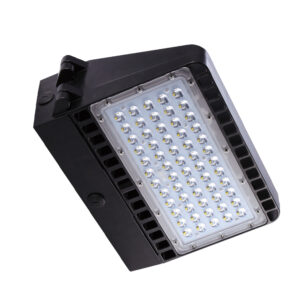
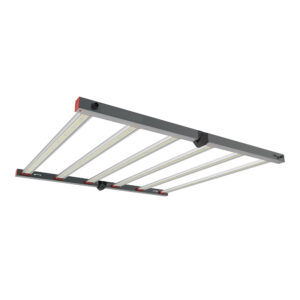
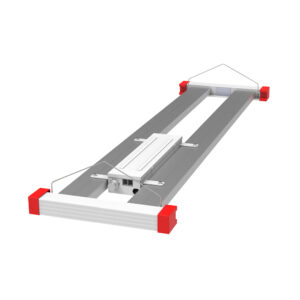
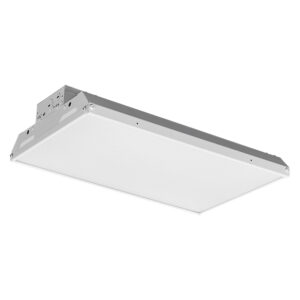
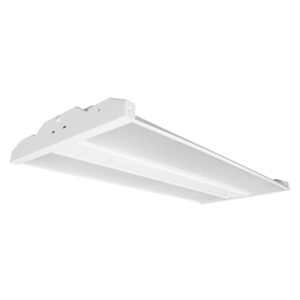
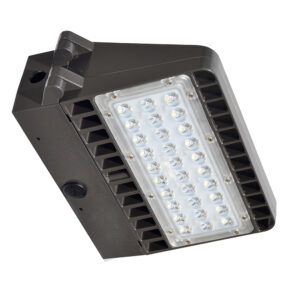
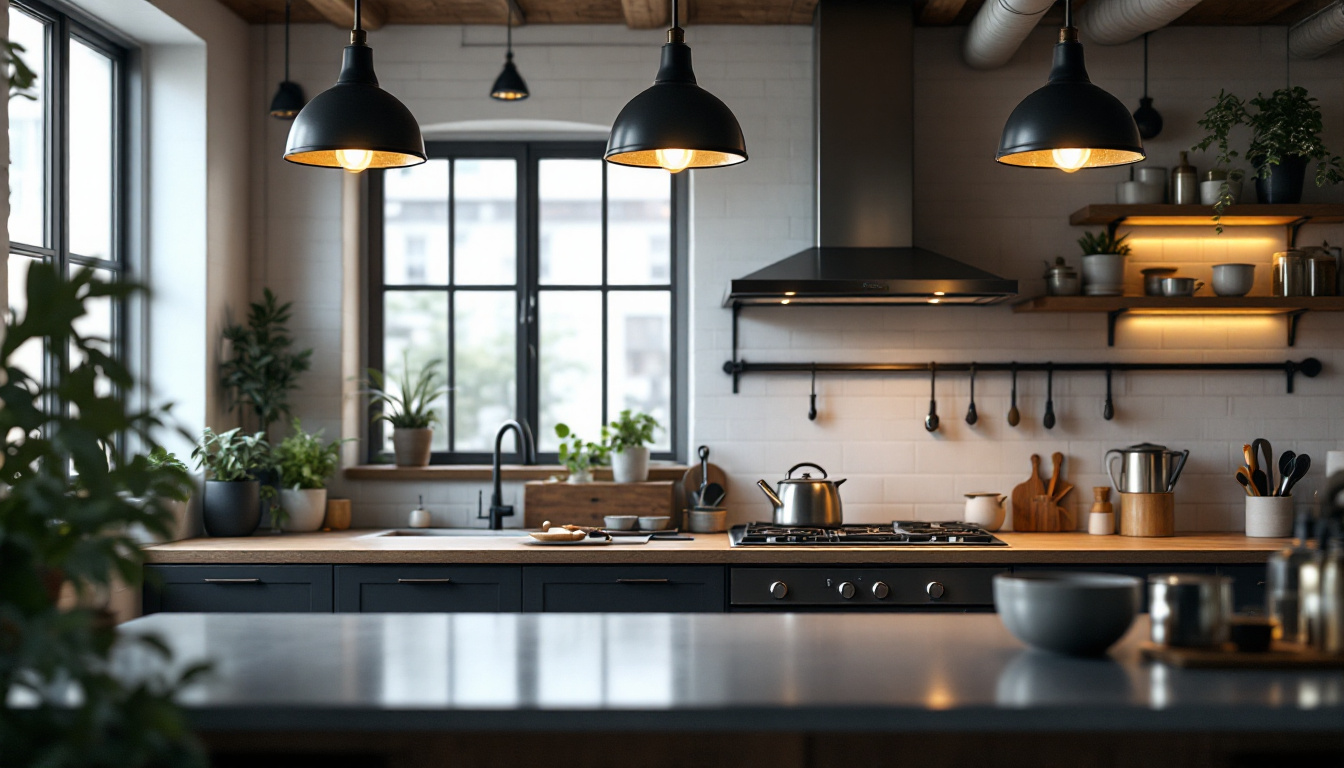
Discover how industrial kitchen light fixtures can transform your culinary space with enhanced illumination and style.

Discover how contemporary industrial lighting solutions can enhance efficiency and boost profits for lighting contractors.
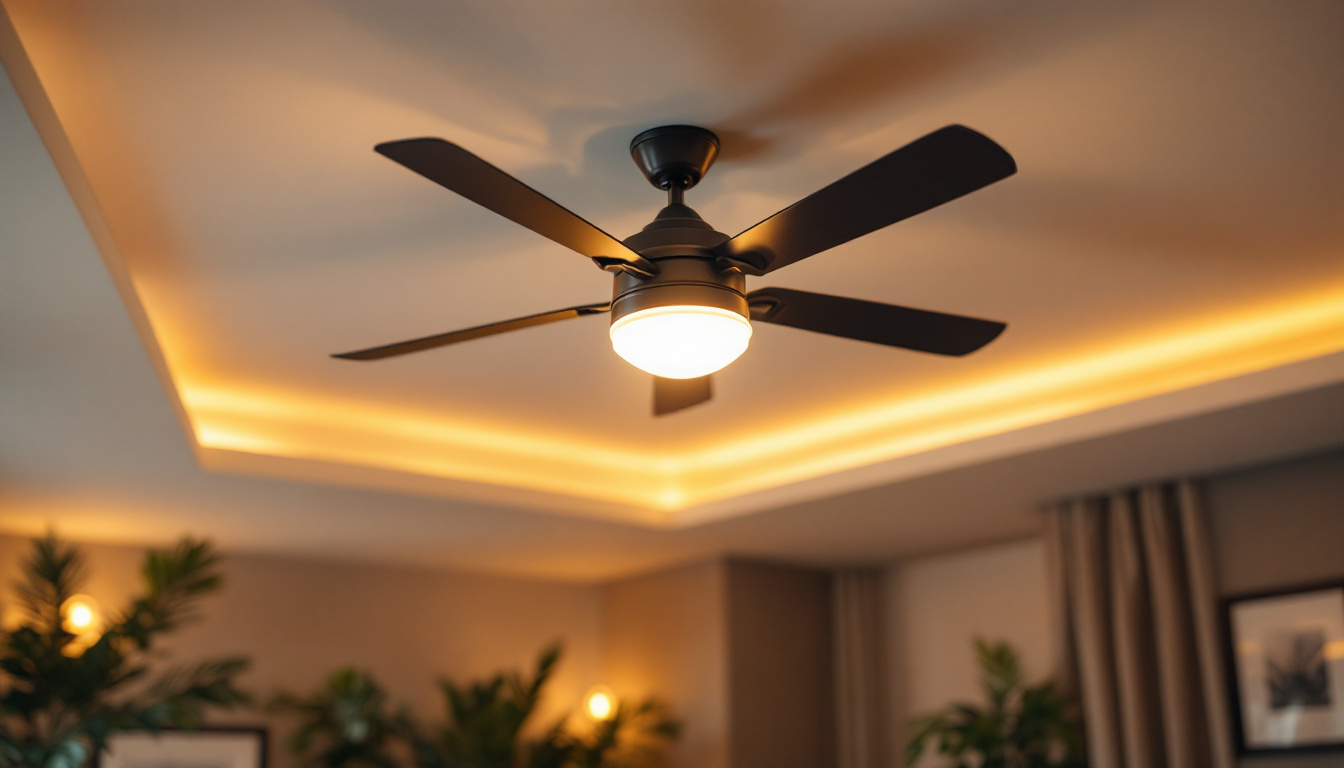
Discover essential insights for lighting contractors on selecting, installing, and maintaining ceiling fans.
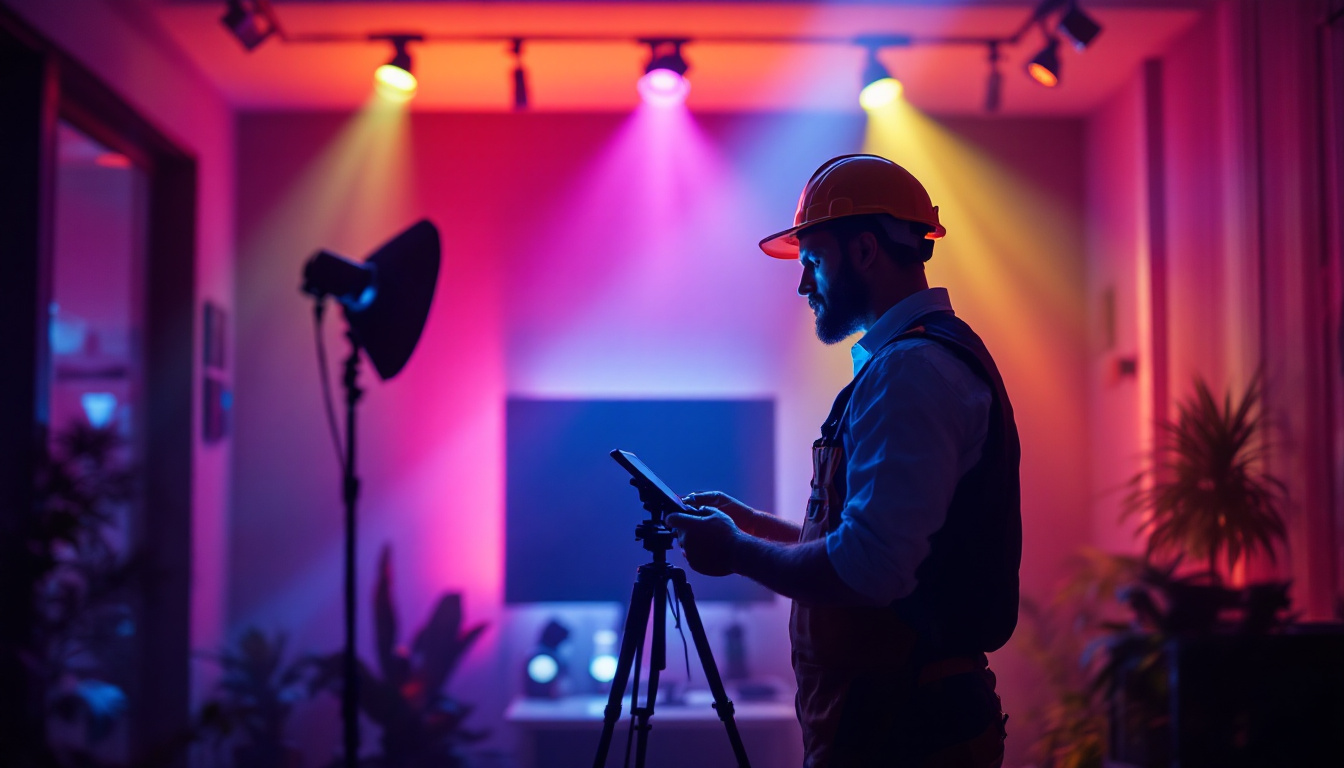
Explore the key differences between RGB and RGBW lights in this insightful guide tailored for lighting contractors.
Get notified when NEW deals are released.
Optimize your budget with wholesale discounts.
Only top-quality, specification-grade lighting products.
No additional costs at checkout - what you see is what you pay.
We understand the unique needs of contractors.